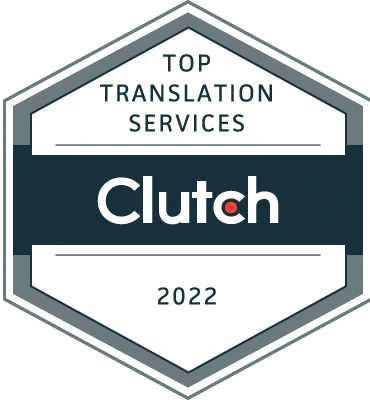The translation triangle as presented by Dr. Martin Barnes shows us the different possibilities agencies and companies face when dealing with a project.
Translation projects have to meet three main requirements as defined in the ‘iron triangle’ invented by Dr. Martin Barnes in the 1970s: quality, time and cost. One side of the triangle cannot be changed without affecting the others. According to this theory, translation projects appear to be locked in an impossible equation where the ideal process that is quick, well done and cheap can never be achieved.
Let’s first understand the challenge.
Quality has historically been highly subjective and non-standardized, so let’s consider it as a combination of the provider’s personal experience and his/her level of involvement in the realization of the project. Speed refers to the amount of time taken to complete the translation project and cost refers to the budget allocated.
How should the triangle be used?
The requirements are independent; they show three main possibilities and two things to avoid:
Projects can be:
- Fast and cheap = poor quality. This is what most clients are asking for, without taking into consideration that reducing the amount of time spent on a project will most probably cause gaps.
- Fast and good quality = expensive. You will need a bigger team, which will cost you more in terms of human resources and organization.
- Good quality and cheap = slow. In order to save money, the translation agency will chose beginners and give them extra time, and the project will not be considered a priority.
Things you should avoid:
- Don’t try to get fast, good quality work if you are not willing to pay high rates: it is simply impossible. It is a fantasy. And if a translation agency promises you that deal, you should think twice before going for it.
- Needless to say that the following alternative should definitely be avoided: poorly managed, expensive project that will not be available on time. Although it might seem obvious, many deadlines are often repeatedly postponed, and the client is forced to pay higher rates to cover for all the additional resources that were necessary in order to complete the project. And in the end, the product may not even meet the specifications.
What do we suggest?
While it is important to highlight challenges, it is even more important to propose ways to overcome them. We would recommend to focus on value, and implement a rigorous QA (Quality Assurance) process. At first, it will improve the quality of the product, but also increase costs and time, since it is an additional step in the translating process. However, we must keep in mind that when a bad quality translation needs to be extensively edited, costs also increase dramatically, as well as time spent. Therefore, implementing QA process will contribute to eliminating this risk.
Discover our translation agency.



